Table of content
Cooking meat-filled dumplings, or jiaozi in Mandarin, is an art form that has been perfected over centuries in Chinese cuisine. These delicate, savory morsels encapsulate a harmonious blend of flavors, textures, and aromas, making them a beloved dish across generations and cultural boundaries. While the preparation process may vary slightly from household to household, one crucial aspect remains consistent: the need to cook them to perfection. This article delves into the intricacies of boiling meat-filled dumplings, focusing specifically on how long they need to simmer to achieve that ideal, mouthwatering result.
Understanding the Dumpling Structure
Before diving into the cooking time, it’s essential to understand the components of a meat-filled dumpling. Typically, these dumplings consist of a thin, semi-translucent wrapper made from wheat flour and water, enclosing a filling that predominantly features ground meat (such as pork, beef, or chicken), mixed with seasonings, vegetables, and sometimes soy sauce or sesame oil for added flavor. The filling is carefully placed in the center of the wrapper, which is then sealed to form a half-moon or pleated shape, ensuring no filling escapes during cooking.
The Importance of Cooking Time
Cooking time is crucial in determining the texture and flavor of the dumplings. Undercooked dumplings can pose a food safety risk due to raw meat, while overcooked ones may become rubbery or burst open, releasing their delicious filling into the boiling water. Achieving the perfect balance ensures that the meat is fully cooked, the wrapper is tender yet slightly chewy, and the overall flavor is balanced and harmonious.
Factors Influencing Cooking Time
Several factors can affect how long meat-filled dumplings need to boil, including:
- Dumpling Size: Larger dumplings require more time to cook through compared to smaller ones.
- Wrapper Thickness: Thicker wrappers take longer to soften and cook.
- Meat Type and Filling Density: Different meats cook at varying rates, and a denser filling can prolong the cooking time.
- Boiling Water Temperature: Maintaining a rolling boil ensures efficient heat transfer, speeding up the cooking process.
- Altitude and Climate: Environmental conditions can subtly impact boiling temperatures and cooking durations.
Preparing for Boiling
Before you start boiling, there are a few preparatory steps to ensure success:
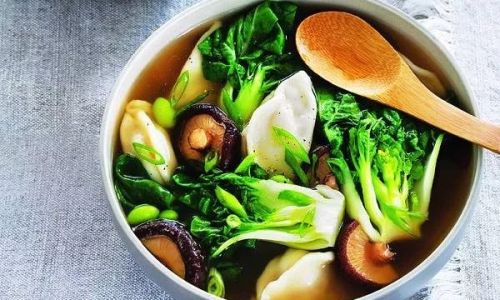
- Water Quantity: Use enough water to fully submerge the dumplings without overcrowding the pot. A large pot is ideal to allow for ample space and movement.
- Water Temperature: Bring the water to a rolling boil before adding the dumplings. This ensures an immediate and consistent cooking temperature.
- Adding Salt: A tablespoon of salt to the boiling water can help the dumplings’ wrappers hold their shape and prevent them from sticking together or to the pot.
Boiling the Dumplings
Now, let’s tackle the main question: how long do meat-filled dumplings need to boil?
Initial Boiling Phase
- Adding the Dumplings: Carefully drop the dumplings into the boiling water using a slotted spoon or your hands (if you’re confident enough to avoid burns). Do not overcrowd the pot; ideally, there should be some space between each dumpling to allow for even cooking.
- Stirring Gently: Once all the dumplings are in, gently stir them to prevent sticking. Be cautious not to break the wrappers.
Boiling Duration
For most standard-sized meat-filled dumplings with average wrapper thickness and typical meat fillings:
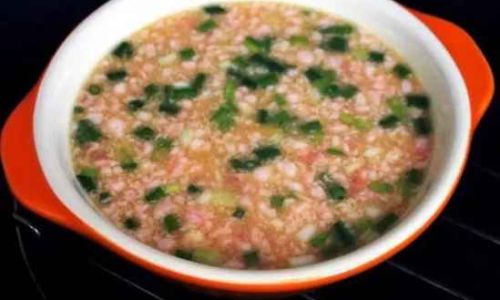
- Boil for approximately 8-10 minutes. This timeframe is a general guideline and may need slight adjustments based on the factors mentioned earlier.
Monitoring and Testing
During the boiling process, keep an eye on the dumplings. They should rise to the surface as they cook, indicating that the wrappers are softening and expanding. Once they float, continue boiling for another 3-5 minutes to ensure the meat inside is fully cooked.
To test for doneness:
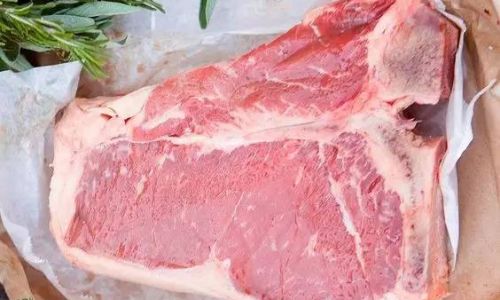
- Visual Inspection: The dumplings should look slightly translucent and the wrappers should have a glossy appearance.
- Temperature Check: Carefully remove one dumpling and let it cool slightly. Cut it open to check the color and texture of the meat. It should be a uniform, cooked color with no pink spots.
- Taste Test: If you’re confident, you can taste a small piece of the meat to ensure it’s cooked through.
Post-Boiling Care
Once the dumplings are cooked, use a slotted spoon to transfer them to a plate lined with paper towels to drain excess water. Serve them immediately while hot, accompanied by your favorite dipping sauce, such as soy sauce, vinegar, chili oil, or a blend of garlic and sesame oil.
Storage and Reheating
If you have leftover dumplings, they can be stored in the refrigerator for up to 2 days or in the freezer for longer periods. To reheat, steam them until heated through or boil them again for a brief period (usually 2-3 minutes), being careful not to overcook.
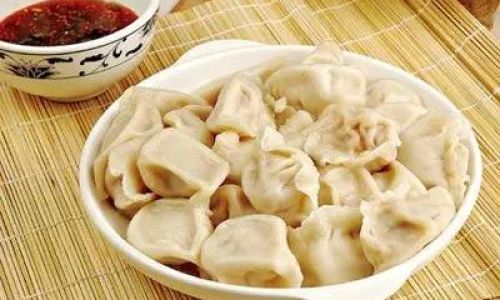
Conclusion
Boiling meat-filled dumplings is a delicate balance of art and science. By understanding the components of the dumplings, considering various influencing factors, and adhering to a general boiling timeframe with careful monitoring, you can achieve perfectly cooked dumplings that delight the senses and nourish the soul. Whether you’re a seasoned chef or a home cook embarking on your culinary journey, mastering this technique will elevate your dumpling-making skills and ensure that every bite is a delightful experience. So, the next time you gather friends and family for a dumpling feast, remember: patience, attention to detail, and the right cooking time are key to unlocking the true essence of these timeless delicacies.
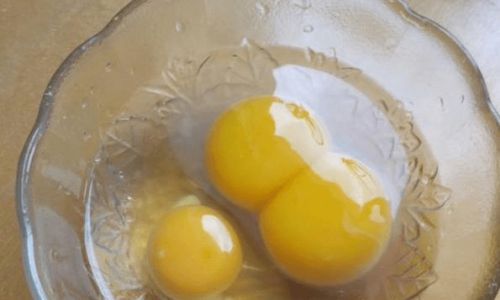
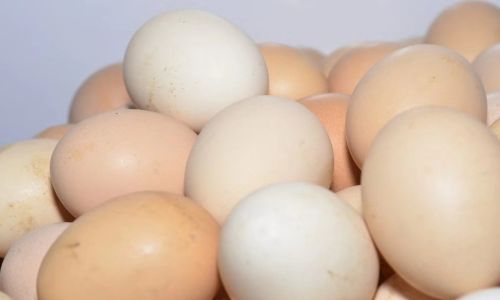
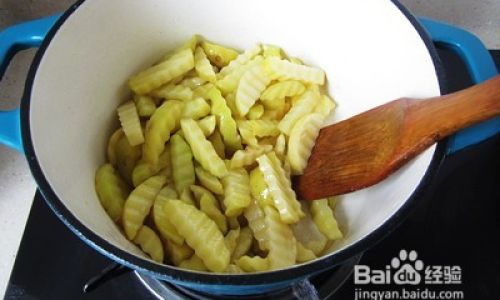

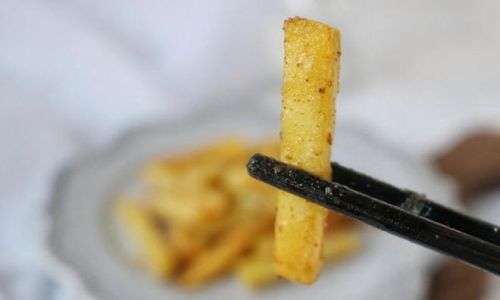
0 comments